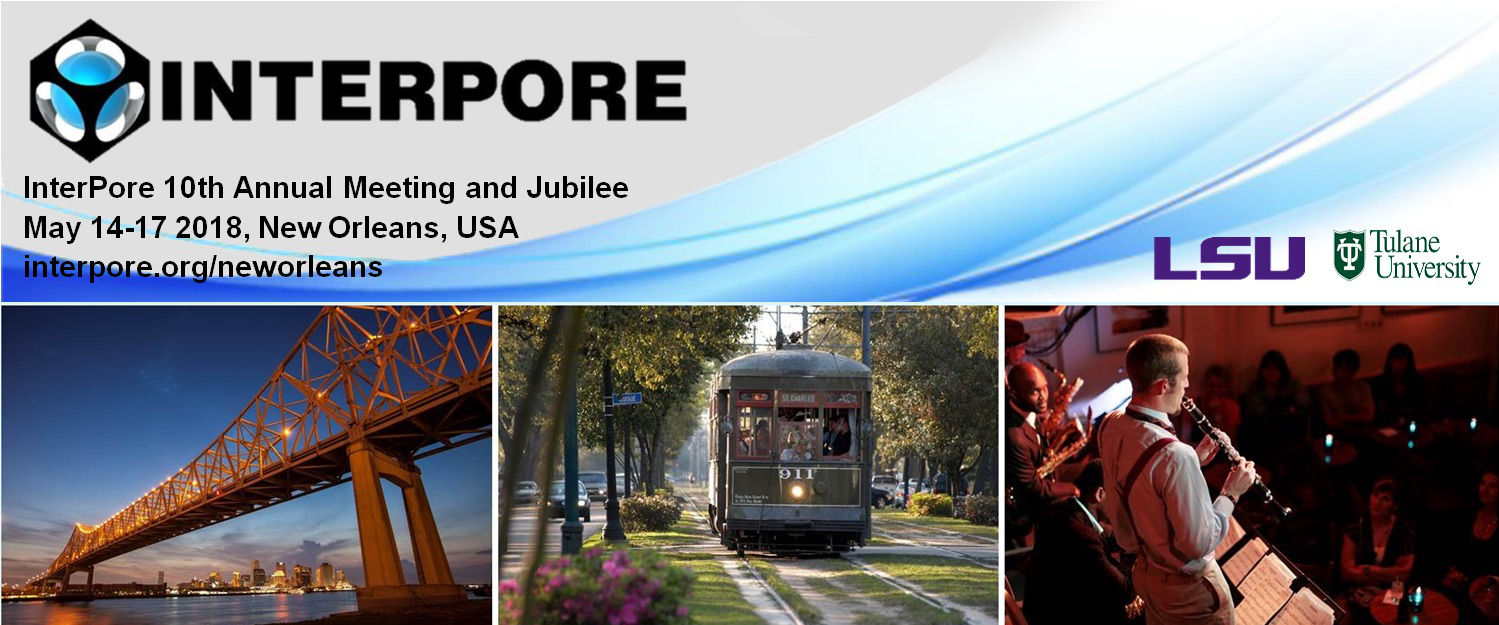Speaker
Description
In continuum modeling of porous media, it is necessary to characterize microscopic features of the pore space using a small set of continuum-scale parameters, such as porosity, tortuosity, etc., which are then linked to transport coefficients or other macroscopic properties. For phenomena that depend on the physical dimensions of pores, the pore-size distribution is also commonly used. It is well-known that the pore-size distribution alone is not sufficient for predicting continuum-level, often multiphase, processes when the connectivity of different sized pores also plays an important role. We propose a new continuum-scale parameter – the “accessivity” ($\alpha$), to describe the network connectivity of different sized pores. Small accessivity ($\alpha\to0$) favors serial connection between different sized pores, while large accessivity ($\alpha\to1$) favors parallel arrangement; the model of bundle of straight capillaries corresponds to the latter. Defined based on a probabilistic framework, α has a number of interesting physical interpretations, and can be related to concepts in queueing theory. We show that the accessivity concept provides a useful first approximation to connectivity effects in porous media, which serve to improve simple models previously derived based on the bundle model, and has broader utility in continuum modeling in more general settings.
| Acceptance of Terms and Conditions | Click here to agree |
|---|


